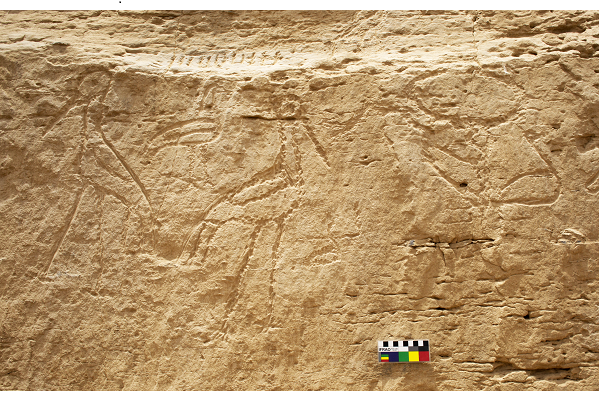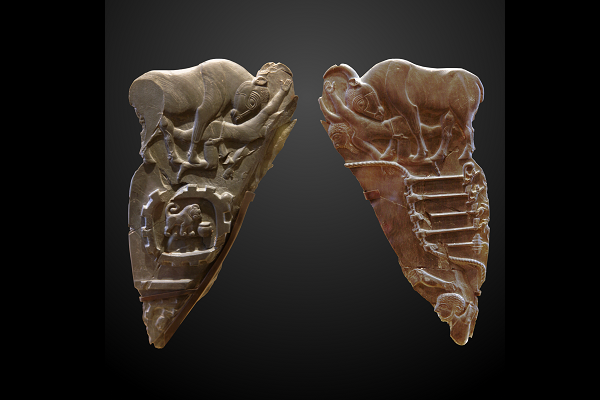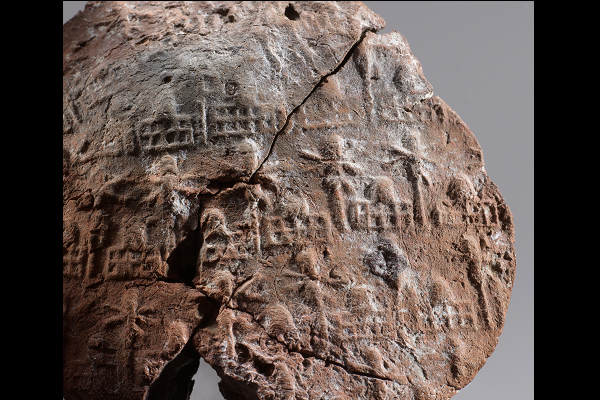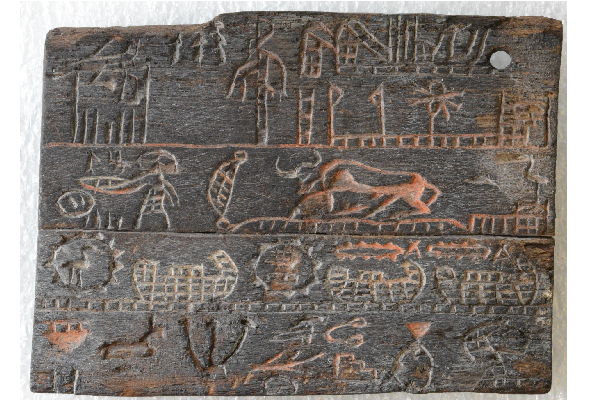Andréas Stauder
École Pratique des Hautes Études, Université Paris Sciences et Lettres
Iconicity and Early Phoneticization in Egyptian Writing, c. 3100 BCE
Abstract
The advent of phoneticism is often seen as a categorial divide from earlier stages of signing. This view, which emphasizes the linguistic and systemic dimensions of writing, is largely a back-projection of what writing would later become, and of yet more recent ideologies of phonetic writing. Instead, I will consider phoneticization as a gradual process occurring in culturally embedded practices with the signs. The earliest Egyptian phonetic writing emerges by the late Dynasty 0 (c. 3100 bce) out of practices with earlier, non-linguistic, signs that are highly iconic, prestigious, and suffused with significations (however difficult these may be to reconstruct now). Various factors and motivations can be identified for early phonetic notation. Among these, I propose, is phoneticism as a possible strategy to reduce, and to some extent neutralize, the high iconicity, and indeed power, of the signs in certain contexts. Another, at first seemingly opposite, motivation, I propose, is phoneticism as a strategy to expand the scope of what can be written without harming the visual integrity of the signs, which is thus preserved. In addition, the performative dimensions of early Egyptian writing could have played a role. Overall, I argue that early phoneticization is, in the Egyptian case, related to the specifically hieroglyphic—as distinct from merely partly depictive—nature of the script.
Images Related to the Talk

Rijksmuseum copy

Iconicity 1

Copy of Taureau tablet

Iconicity 2

Iconicity 3

